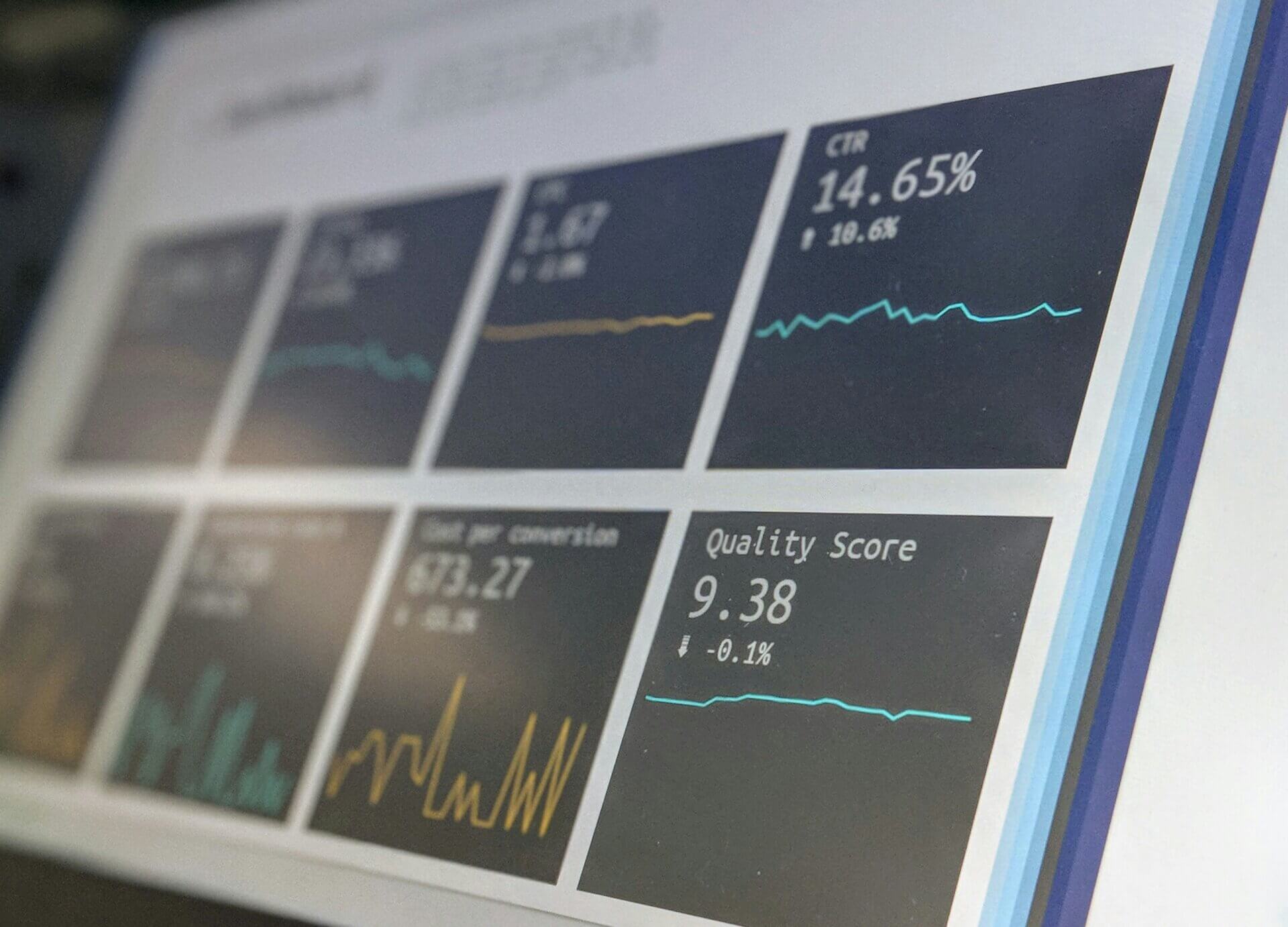Part 1: Go-to-Market Tech Stack – Driving Scalable Revenue

As growth-stage companies scale, their tech stack can become either a launchpad or a bottleneck. Nowhere is this more evident than in go-to-market (GTM) functions—where sales, marketing, and customer success intersect to drive revenue.
At Fulcrum, we’ve seen the right GTM stack accelerate growth, unify teams, and create clarity around performance. We’ve also seen the wrong tools drain productivity and fragment data. The difference? Alignment, adaptability, and a focus on outcomes—not just activity.
Sales: Tools That Create Momentum
Across our portfolio, Salesforce and HubSpot remain core platforms, often layered with prospecting and enablement tools like SalesLoft, ZoomInfo, and LinkedIn Sales Navigator. High-growth teams are also adding intelligence layers—Gong for call insights, ChurnZero for expansion tracking, and Otter to streamline rep workflows.
Takeaway: Choose tools that support repeatable motion and integrate tightly with your CRM—not just generate surface-level activity.
Marketing: Precision + Performance
Marketing stacks are becoming smarter and more dynamic. Core systems like HubSpot, ZoomInfo, and Google Analytics are often augmented with tools like 6sense for predictive targeting, Canva for creative, and Webflow for agile web builds. AI-powered assistants like ChatGPT Pro are helping teams scale content, optimize SEO, and personalize outreach at pace.
Takeaway: A modern marketing stack balances creativity with analytics—enabling teams to test fast, measure well, and personalize at scale.
Customer Success: Retention is the New Growth
Customer success is no longer a reactive support function—it’s a core revenue driver. Tools like ChurnZero, Zendesk, Intercom, and Vitally give CS teams visibility into engagement, risk, and upsell potential.
Takeaway: Invest early in customer success platforms. A reactive support model is expensive. A proactive one is strategic.
The AI Layer – Supercharging GTM Performance
AI is no longer an edge case—it’s the engine behind many of today’s most effective GTM stacks.
- Gong analyzes sales calls to surface coachable moments.
- 6sense predicts buyer intent before they raise their hand.
- ChatGPT Pro accelerates campaign ideation, writing, and A/B testing.
- UserGems flags warm leads based on job changes and network signals.
Rather than replacing GTM teams, AI is amplifying them—driving faster insights, tighter execution, and better customer experiences. Several powerful tools have been developed and are making waves in the B2B space, although our teams have not tested them.
- Qualified automates your entire inbound motion and scales personalized experiences.
- Lift AI analyzes real-time website buyer intent with micro-behavioral moments.
- TofuHQ uses AI to help B2B marketing teams create personalized, omnichannel content at scale.
Takeaway: The most resilient stacks don’t just store data—they learn from it.
What Resilience Looks Like in a GTM Stack
A resilient GTM stack is:
- Modular – Start simple, layer as you grow.
- Integrated – Reduce silos and manual handoffs.
- Insight-rich – Drive decisions with data, not gut.
- Change-ready – Evolve as your strategy shifts.
- AI-Enabled – Leverage tools that adapt and learn with your team.
Looking Ahead
At Fulcrum, we help portfolio teams to assess, implement, and optimize tech stacks that scale. Because in high-growth environments, speed matters—but direction matters more.
Stay tuned for Part 2 of this series, where we’ll explore how product and engineering teams can architect scalable, adaptable backends to match the pace of growth.






